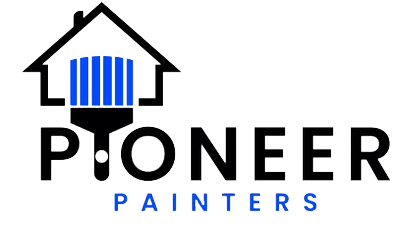Have you ever found yourself standing at the threshold of a new painting project, brush or spray gun in hand, pondering which method will best transform your space? Whether you're looking to revamp a cozy room or refresh the exterior of your home, the method you use to paint will have a substantial impact on the finished product . Each method has its unique strengths and challenges, and the right choice can mean the difference between an average outcome and a stunning transformation.
In this quick guide, we’ll break down everything you need to know about these two popular painting techniques. From exploring the key differences between spray and brush painting to determining the best scenarios for each method, we've got you covered. We'll also delve into the pros and cons of both approaches and offer practical tips to ensure you're well-equipped for your next painting adventure. Our goal is to empower you with the knowledge and confidence to choose the right painting method that not only meets your project's requirements but also exceeds your expectations.
Differences Between Spray painting and Brush Painting
Spray painting and brush painting differ significantly in terms of technique, finish, and time-efficiency.
Spray Painting Method
Spray painting is a method that involves the use of a device to spray a coating (paint, ink, varnish, etc.) through the air onto a surface. This technique is known for its smooth and even finish, making it ideal for large surfaces or intricate objects.
Brush Painting Method
Brush painting, on the other hand, is a traditional method involving a brush to apply the paint onto a surface manually. While this technique may be more time-consuming than spray painting, it allows for greater control during application, making it perfect for small-scale projects or areas requiring detailed work. The finish produced by brush painting typically has a thicker and textured appearance, which can add depth and character to the painted surface.
Here are the key differences that set these two methods apart:
Application Technique:
- Spray Painting:
Utilizing a spray gun for painting requires a certain level of skill and practice to achieve a uniform finish. One of the key challenges is mastering the control of the spray gun – it's about finding the right balance in spray pressure, distance from the surface, and the speed at which you move the gun. Keeping the gun at a consistent distance from the surface and moving it in a steady, controlled manner is essential to avoid drips and uneven coverage. This technique is often considered more challenging for beginners, as it demands a steady hand and a good eye for detail.
- Brush Painting:
Brush painting, while more traditional and seemingly straightforward, also requires a specific skill set. The main challenge here is achieving an even coat and smooth finish without leaving brush strokes, especially on larger surfaces. This method demands good brush control and an understanding of how to properly load the brush with paint. It can be less daunting for beginners, as it allows more direct control and correction as you work. However, achieving a professional-looking finish with no visible brush marks can take practice and patience.
Coverage Area:
- Spray Painting: One of the significant advantages of spray painting is its ability to cover large areas quickly and efficiently. A spray gun can disperse paint over a broader surface area in a shorter amount of time compared to a brush. This makes it an ideal choice for expansive surfaces like walls, ceilings, or large pieces of furniture. However, it's important to note that while spray painting is faster, it may require more paint than brush painting due to the potential for overspray and thinner layers of paint being applied.
- Brush Painting: Brush painting is more time-consuming, especially when covering large areas. It is best suited for smaller, more detailed projects or areas where precision is key. Brushes allow for a controlled application of paint, making them ideal for tasks like trim work, corners, and smaller objects. While brush painting might take longer on larger surfaces, it often results in a more controlled use of paint, with less waste compared to spray painting.
Finish Quality:
- Spray Painting: Spray painting typically results in a smoother, more consistent finish. It's particularly effective for achieving a high-quality finish on surfaces where brush strokes might be undesirable, such as on metal or smooth wood.
- Brush Painting: Brush painting can impart a textured finish due to brush strokes. This texture can add character and depth to surfaces, which can be desirable in certain design aesthetics.
Preparation and Clean-Up:
- Spray Painting: Extensive preparation is required to protect surrounding areas from overspray. This might include covering furniture, taping off non-painted areas, and using drop cloths. Clean-up can be more involved, as spray guns require thorough cleaning to prevent clogging and ensure longevity.
- Brush Painting: Preparation for brush painting typically involves taping edges and covering furniture, but there's less risk of paint ending up in unintended areas. Brushes and rollers are generally easier to clean than spray equipment, often requiring just soap and water for water-based paints.
Best Times to Use Each
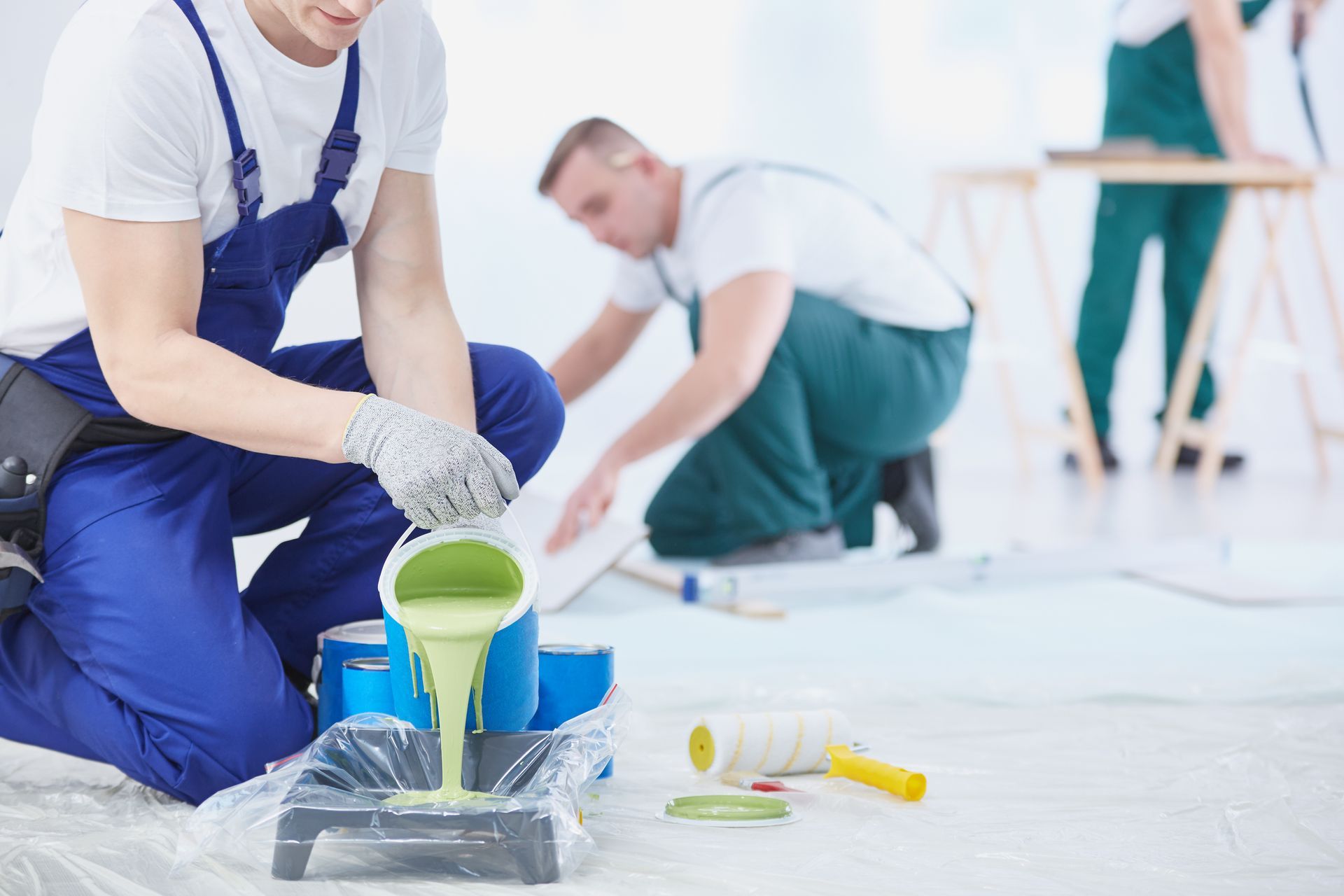
Choosing between spray painting and brush painting often comes down to the specific requirements of your project.
When to Use Spray Painting:
- Spray painting is ideal for large, expansive areas such as exterior walls, ceilings, and big pieces of furniture. Its ability to cover a large area quickly makes it a time-saver for these types of projects.
- If you’re dealing with surfaces that have intricate designs, hard-to-reach areas, or textured surfaces like stucco, spray painting can ensure even coverage without the laborious effort that brush painting might require.
- When you're on a tight deadline and need to complete a project quickly, spray painting can be a lifesaver. It can significantly reduce the painting time compared to brush painting.
- For projects where a smooth, brush-stroke-free finish is desired, such as on cabinets, metal surfaces, and exterior painting projects like garage doors, spray painting is the superior choice.
When to Use Brush Painting:
- Brush painting is more suitable for smaller or medium-sized projects. This includes items like trim, doors, and furniture where detailed work is necessary.
- When your project requires a high level of control and precision, such as in edging and detailed decorative work, brush painting is the way to go. It allows for more accuracy and attention to detail.
- For those who prefer a straightforward setup without the need for extensive equipment, brush painting is more accessible. It's ideal for DIY enthusiasts or those with limited access to spray painting tools.
- If you’re working on a small area, brush painting can be more economical. It avoids the potential wastage of paint often associated with spray painting’s overspray.
Pros and Cons of Spray Painting
Pros:
- Efficiency: Spray painting allows for rapid coverage, making it ideal for large projects. It significantly reduces painting time compared to brush or roller methods.
- Even Coating: Provides a uniform, smooth finish, especially on surfaces where brush strokes might be undesirable.
- Versatility: Works well on various surfaces and is particularly effective for complex shapes and textures.
- Less Physical Effort: Requires less physical effort than brush painting, especially over large areas or with high-volume projects.
Cons:
- Overspray and Waste: Can lead to overspray, resulting in wasted paint and potential mess in surrounding areas.
- Equipment Cost and Maintenance: Requires investment in a spray gun and associated equipment. Maintenance of this equipment is also necessary to keep it in good working condition.
- Skill Level: Requires practice and skill to master, especially to maintain an even coating and avoid drips.
- Preparation and Cleanup: Extensive preparation is needed to protect areas from overspray. Cleanup can be more time-consuming due to the need to clean the spray equipment properly.
Pros and Cons of Brush Painting
Pros:
- Precision and Control: Offers more control over the paint application, making it ideal for detailed work and small areas.
- Economic for Small Projects: More cost-effective for small-scale projects due to less wastage of paint.
- Minimal Setup: Requires less setup and fewer tools, making it more accessible for DIY painters.
- Textured Finish:
Can create a textured look that adds character to certain surfaces, which is something spray painting cannot achieve.
Cons:
- Time-Consuming: Takes longer to cover large areas, making it less efficient for big projects.
- Physical Effort: Can be physically demanding, especially for large projects requiring extensive brushwork.
- Skill for Smooth Finish: Achieving a smooth finish without brush marks requires skill and practice.
- Multiple Coats: Often requires multiple coats to achieve an even finish, which can extend the overall project time.
Quick Tips for Applying Each Method
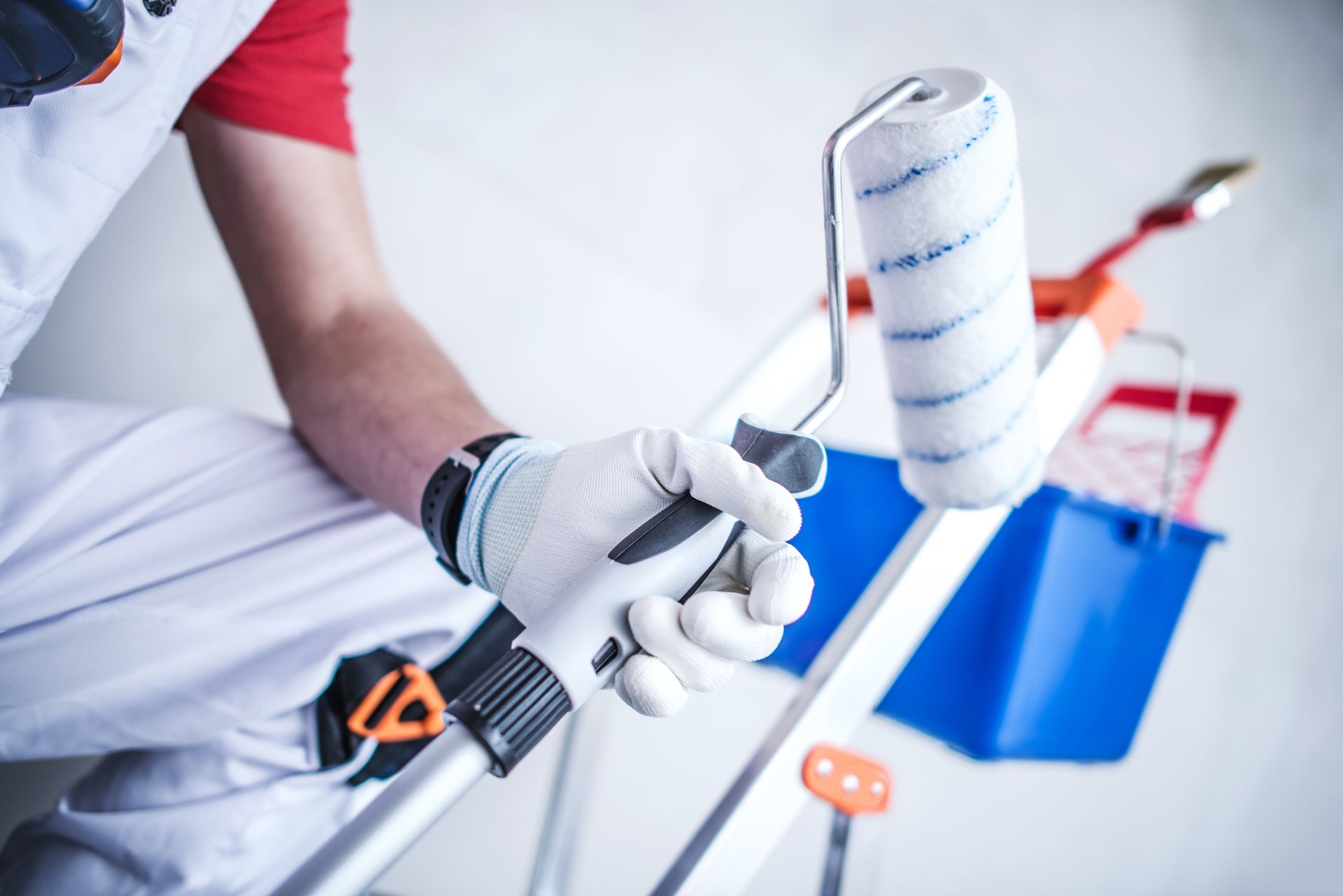
While these two methods are very different in application, result, and advantages, some general tips can help you achieve the best results from both:
Tips for Spray Painting:
- Practice First: If you're new to spray painting, practice on a scrap piece of material first. Get a feel for the spray gun and experiment with different distances and speeds.
- Maintain Distance and Motion: Keep the spray gun at a consistent distance from the surface, typically 8-12 inches. Move the gun in a steady, sweeping motion.
- Avoid Drips: Apply paint in thin, even layers to prevent drips. Several light coats are better than one heavy coat.
- Proper Ventilation: Ensure good ventilation in your work area, especially when working indoors, to avoid inhaling fumes.
- Protect Surrounding Areas: Use drop cloths and masking tape to protect areas from overspray.
- Clean Equipment Regularly: Clean your spray gun and nozzles after each use to prevent clogging and ensure smooth operation.
Tips for Brush Painting:
- Choose the Right Brush: Use a high-quality brush that's appropriate for the type of paint you're using. For example, synthetic brushes for water-based paint and natural bristles for oil-based paint.
- Prep the Surface: Ensure the surface is clean, dry, and smooth. Fill in any holes or cracks before painting.
- Brush Technique: Apply paint with smooth, long strokes. For a more even coat, paint from dry to wet areas.
- Avoid Overloading the Brush: Dip the brush about a third of the way into the paint, and tap off any excess. Overloading can lead to drips and uneven application.
- Edge Corners and Trim First: Start with the edges and corners of the surface, using a smaller brush for precision.
- Proper Cleaning: Clean your brushes thoroughly after use. For water-based paints, use soap and water; for oil-based paints, use mineral spirits.
Brush Vs. Spray: The Final Brushstroke
Both spray painting and brush painting have their unique strengths and ideal scenarios, and understanding these can significantly impact the final outcome of your work. Take time to plan your project, consider the pros and cons of each method, and choose the one that best suits your needs. With practice, you'll develop the skills to achieve excellent results with either technique.
About Pioneer Painters
Pioneer Painters in Longmeadow, MA are your trusted interior and exterior painting specialists. With decades of experience, we offer reliable, high-quality painting services to homes and businesses in the community. Our team is skilled in both spray and brush painting methods, allowing us to cater to a variety of projects. Whether you're searching for a local painter near me or interior painters in Springfield, MA, Pioneer Painters has you covered. We are you local professional commercial painters and residential painters, providing top-notch service at competitive prices. Contact us today for a free estimate and transform your space with a fresh coat of paint!
Recent Blogs
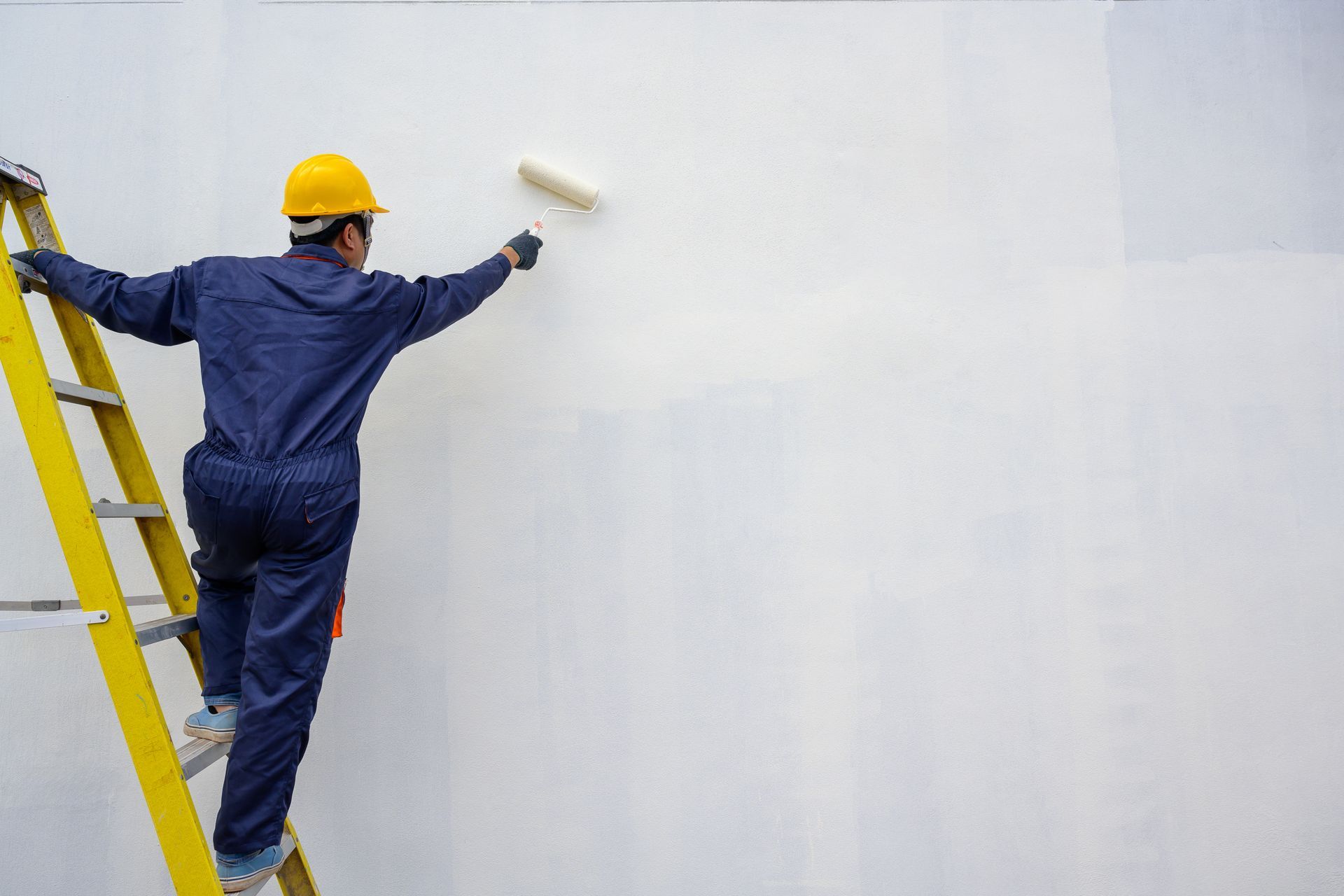
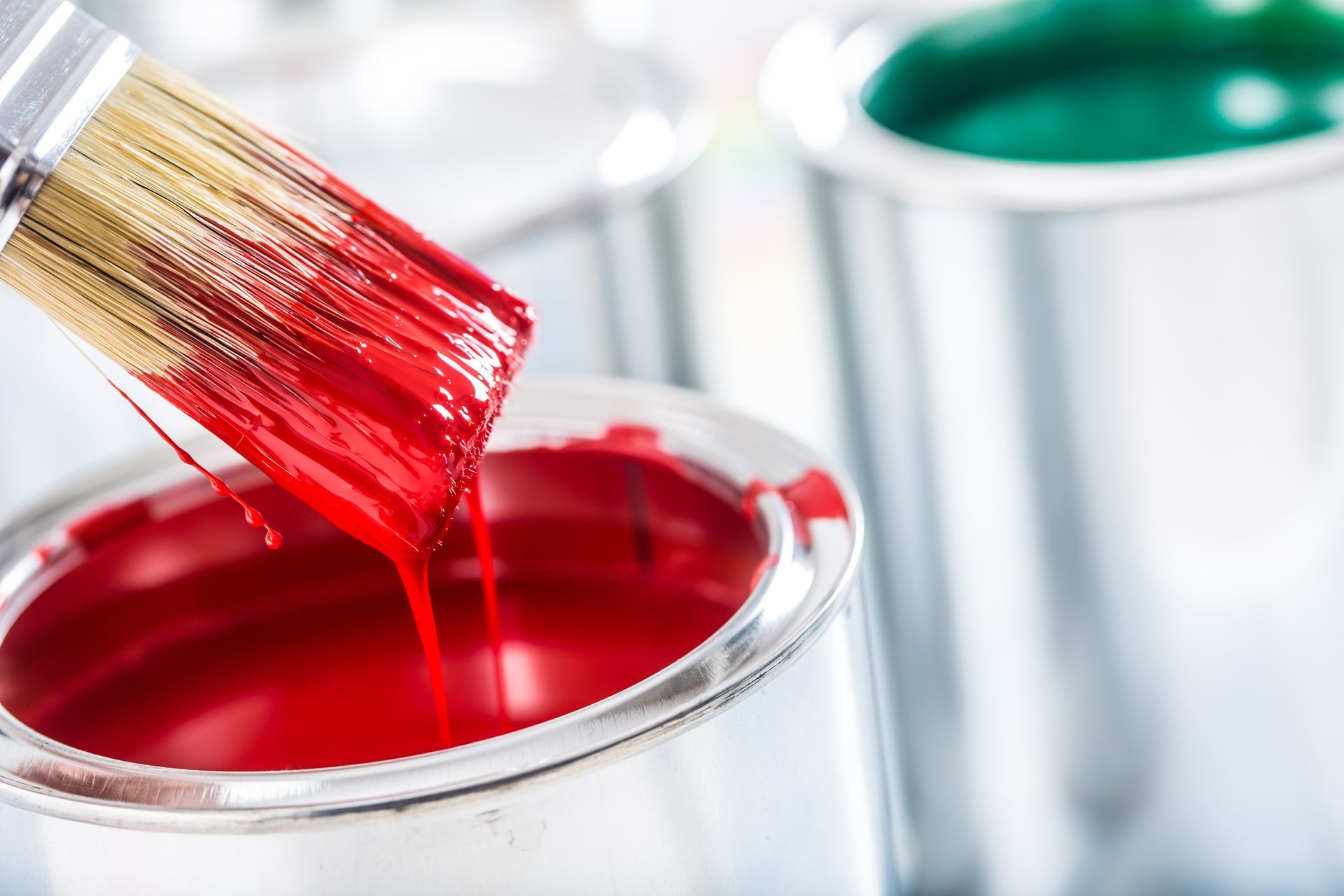
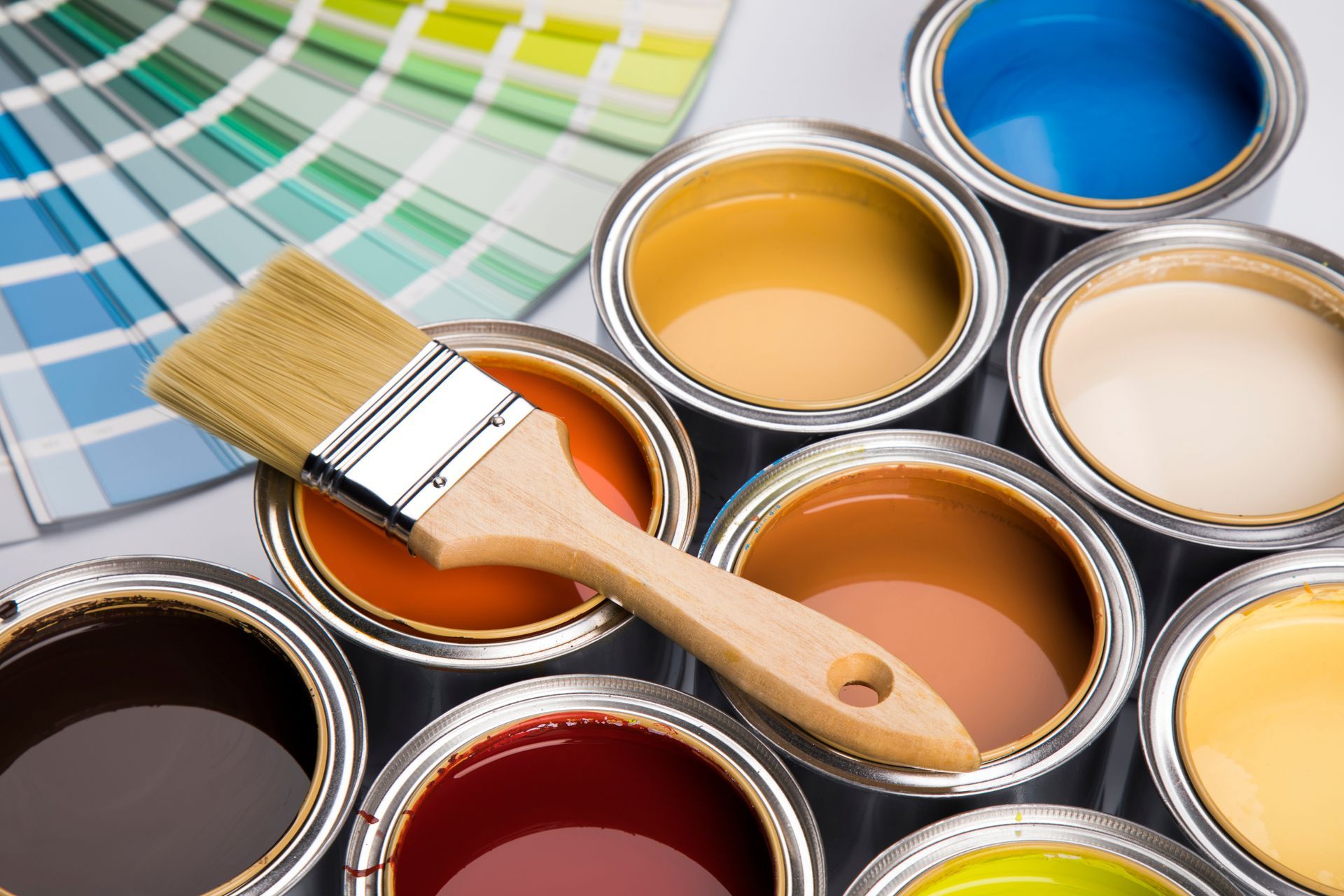
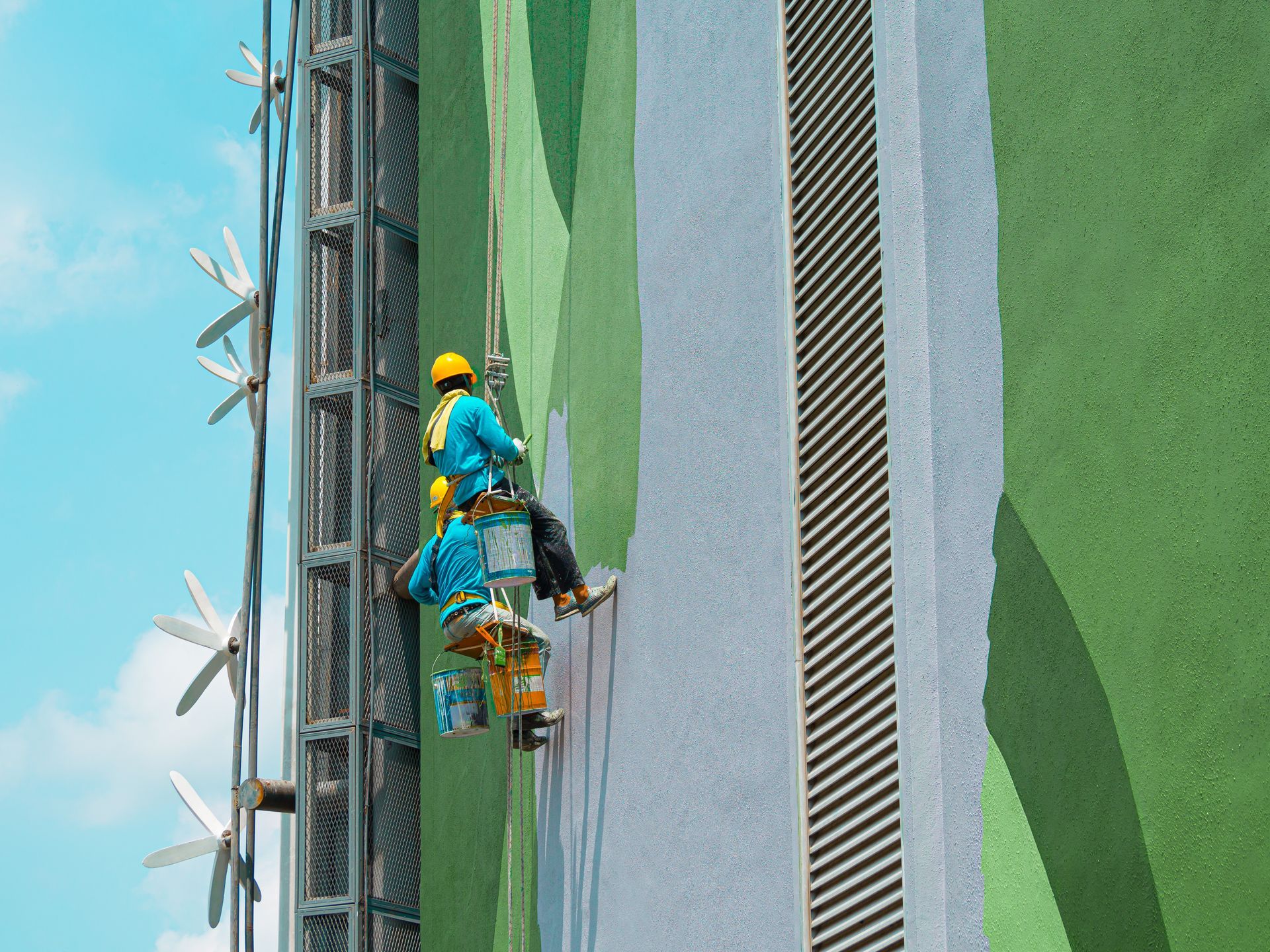
Get A Fast Quote Online
Have a painting project you need a quote for? Submit a fast and easy quote request online
Pioneer Painters is a Painting Contractor in Longmeadow, Massachusetts and the surrounding areas. Call today for more Painter Service Information.
Site Links
All Rights Reserved | Pioneer Painters
